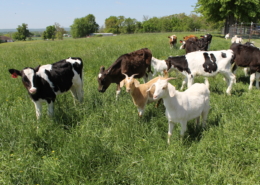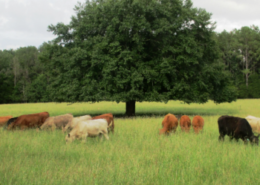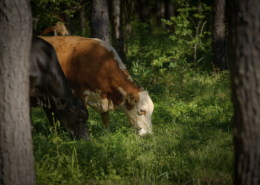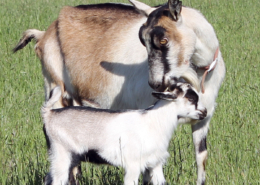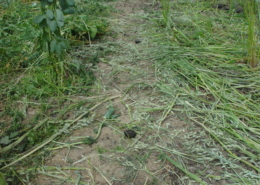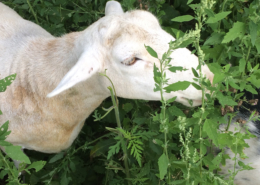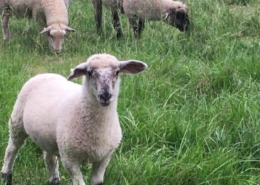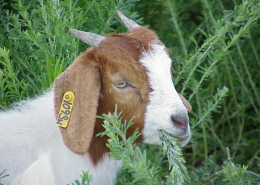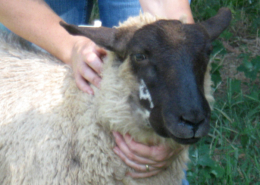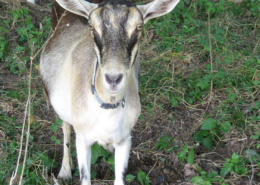Sheep and Goats
Small ruminants (sheep and goats) appeal to many farmers because of their small size, early maturity, multiple births, and ability to finish on forage alone within a year of birth. The many breeds and types of sheep and goats (meat, dairy, fiber) offer great variety and opportunity for income, from breeding stock to meat, wool, milk, and vegetation management, such as grazing sheep under solar arrays or using goats for brush control. Hair sheep are a popular choice because they don’t require shearing. Compared with cattle, small ruminants are more productive, don’t need much land, and don’t require elaborate facilities.
They do, however, require good fences. And pasture management must take internal parasites into account, using short graze periods, tall residual grasses, and long rest periods to protect the health of the livestock. Predators are another consideration. The practical ATTRA resources in this section will elaborate on these characteristics and challenges and prepare you to manage your sheep and goats to be healthy, productive, and profitable.
Related Topics
Staff Experts


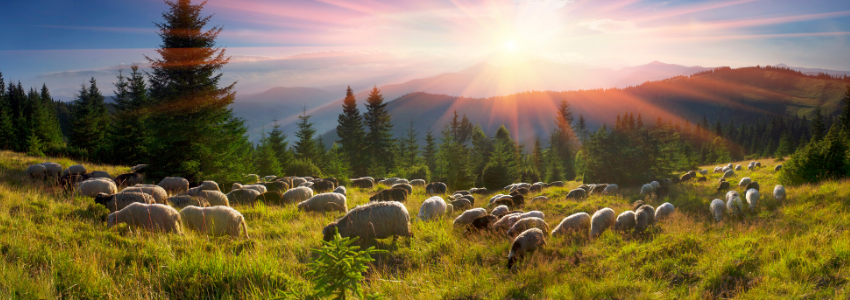

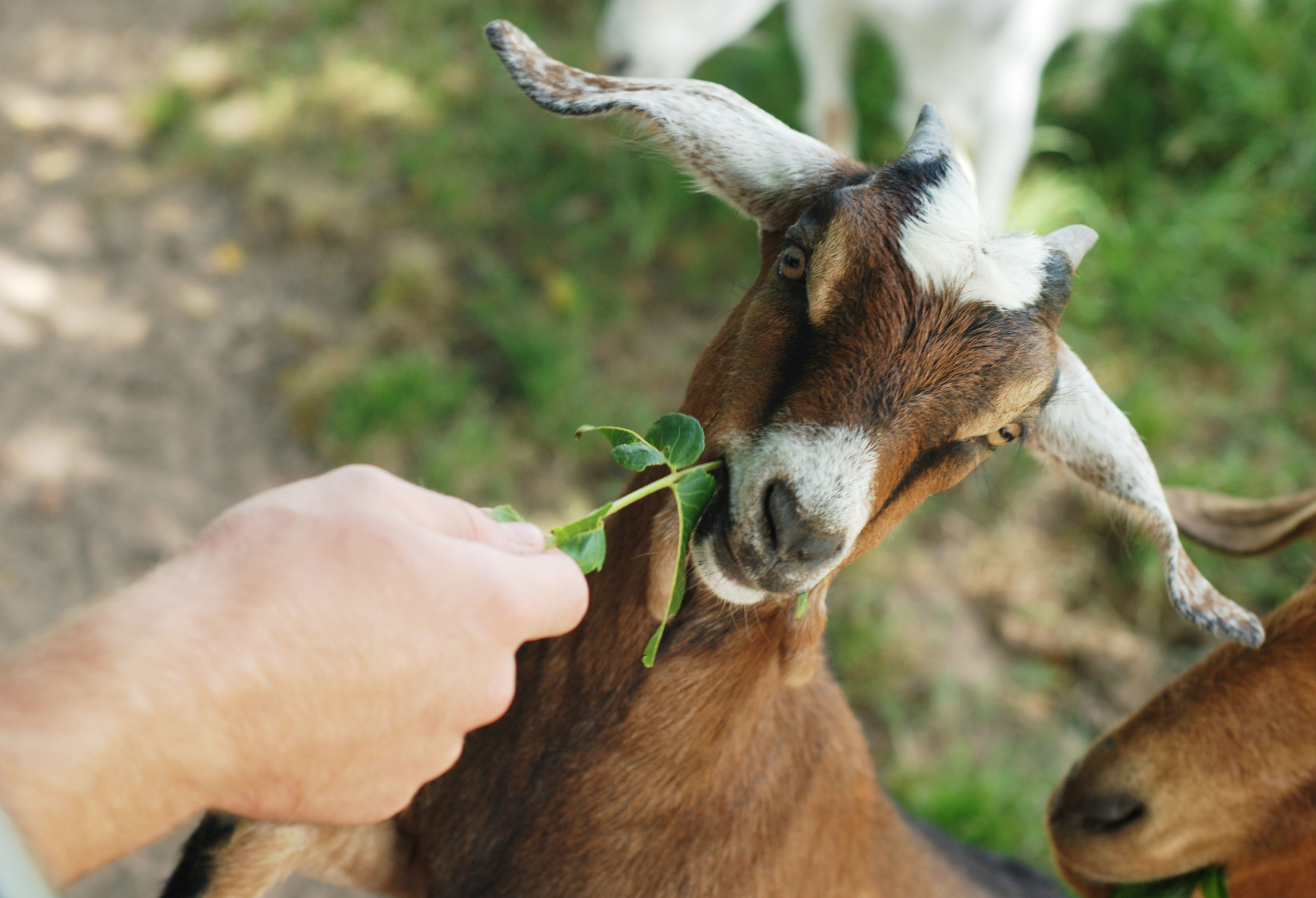
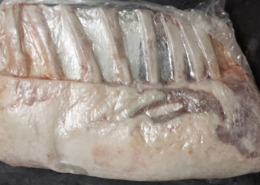
 Lynn Betts, NRCS/SWCS
Lynn Betts, NRCS/SWCS
